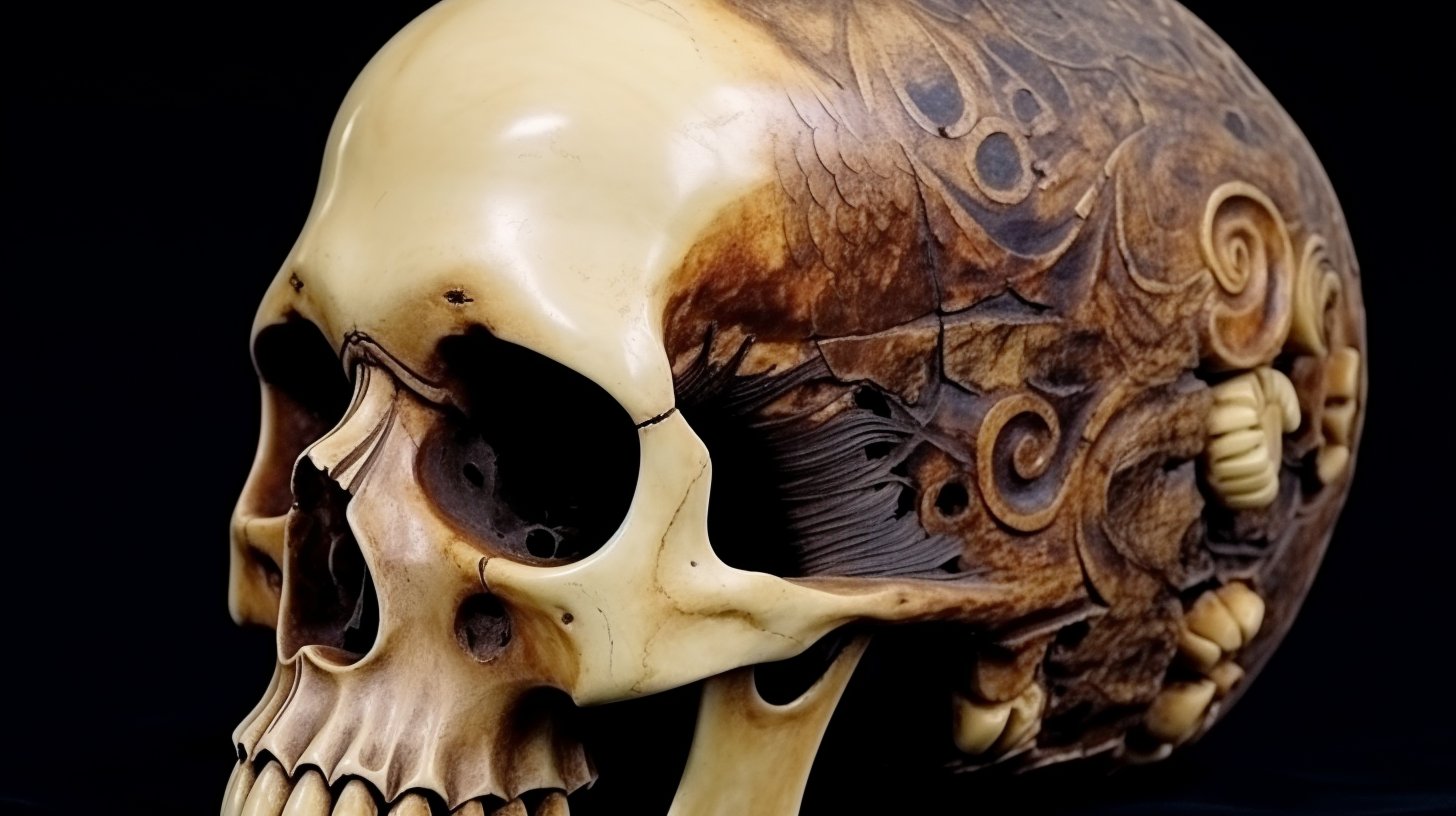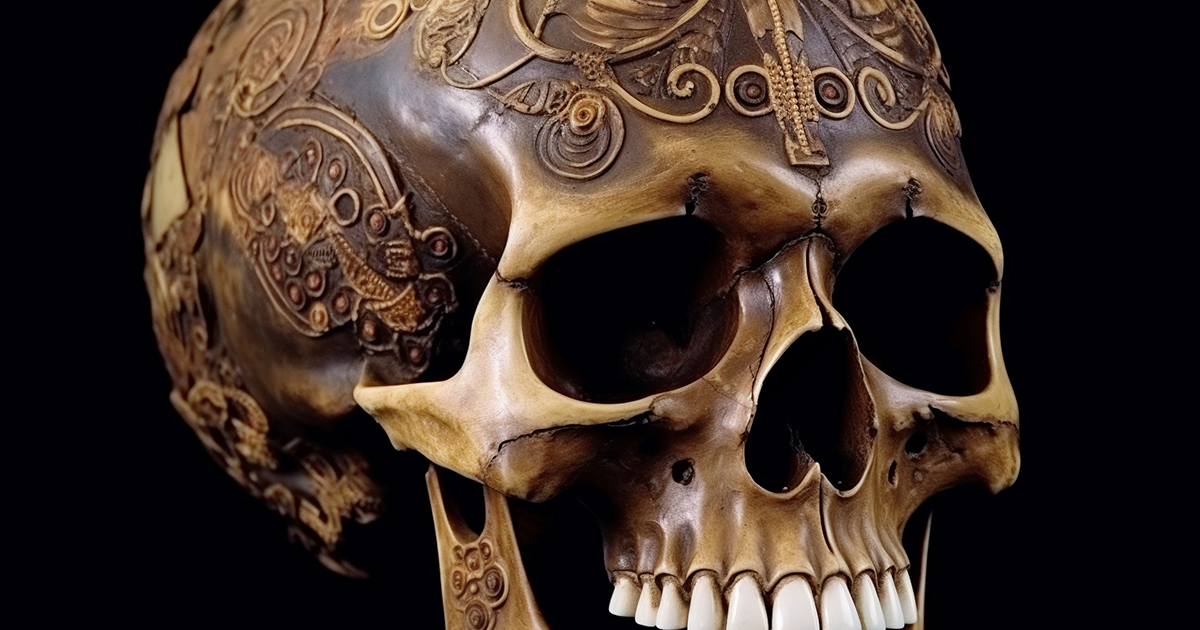A puzzling discovery in the field of archaeology, Paracas skull number 44 emerges as a captivating enigma. Unearthed in 2012 along the southern shores of Peru, this skull presents a distinctive feature – weighing a significant 2.8 pounds, which is 25% heavier than the average adult male skull.
What adds to its allure is the sizable cranial capacity of 1,500 cubic centimeters, 20% larger than the standard measurement. Interestingly, this skull deviates from the norm by lacking a sagittal suture, a common joint found in human skulls between the parietal bones.
Further exploration of this mystery reveals Paracas as a region with a rich history of unearthing numerous peculiar, deformed skulls dating back to 1927. During that era, archaeologist Julio Tello commenced excavations at an extensive burial site believed to have been constructed by the ancient Paracas civilization that thrived in the area between 800 BC and 100 BC.

A pioneering figure in Peruvian archaeology, Julio C. Tello unearthed more than mere mortal remains. He came across mummified bundles containing individuals with elongated skulls, interred in family crypts that delved as deep as 30 feet into the solid rock.
The conventional belief among archaeologists attributes skull elongation to head binding, a prevalent cultural practice involving the intentional reshaping of infants’ skulls while still malleable. However, Brian Foerster, a dedicated researcher and the assistant director of the Paracas History Museum, challenges the notion that head binding alone can account for all the anomalies found in Paracas skulls.
Foerster highlights that approximately 5% of these elongated skulls exhibit shapes and sizes too intricate to be solely attributed to head deformation. Some skulls not only elongate vertically but also boast unusually larger eye sockets. They display unique characteristics such as rear cavities known as foramen, believed to aid in blood and nerve circulation, alongside remarkably robust jaws. Certain skulls even surpass the average human skull weight by a staggering 60%, housing brains with 2.5 times the standard capacity.
The prevailing question persists: if head binding falls short in explaining these mysterious skulls, then who or what were these captivating entities? The enigma deepened when genetic testing was conducted on Paracas skull number 44, unveiling astonishing findings. Preliminary DNA analysis revealed segments that did not correspond to any known human genetic material, hinting at a potential connection between the Paracas lineage and Homo sapiens, albeit not directly with Homo sapiens itself.
Explore the Video:
Pondering the compelling archaeological evidence, one inevitably contemplates the existence of extraterrestrial life forms amidst us. Could Paracas harbor clues to a chapter of our history intertwined with beings from realms beyond our world? While the answers linger out of reach, the relentless pursuit to unravel the truth behind these enigmatic skulls propels us to venture deeper into the undiscovered territories.
Is it not intriguing?
